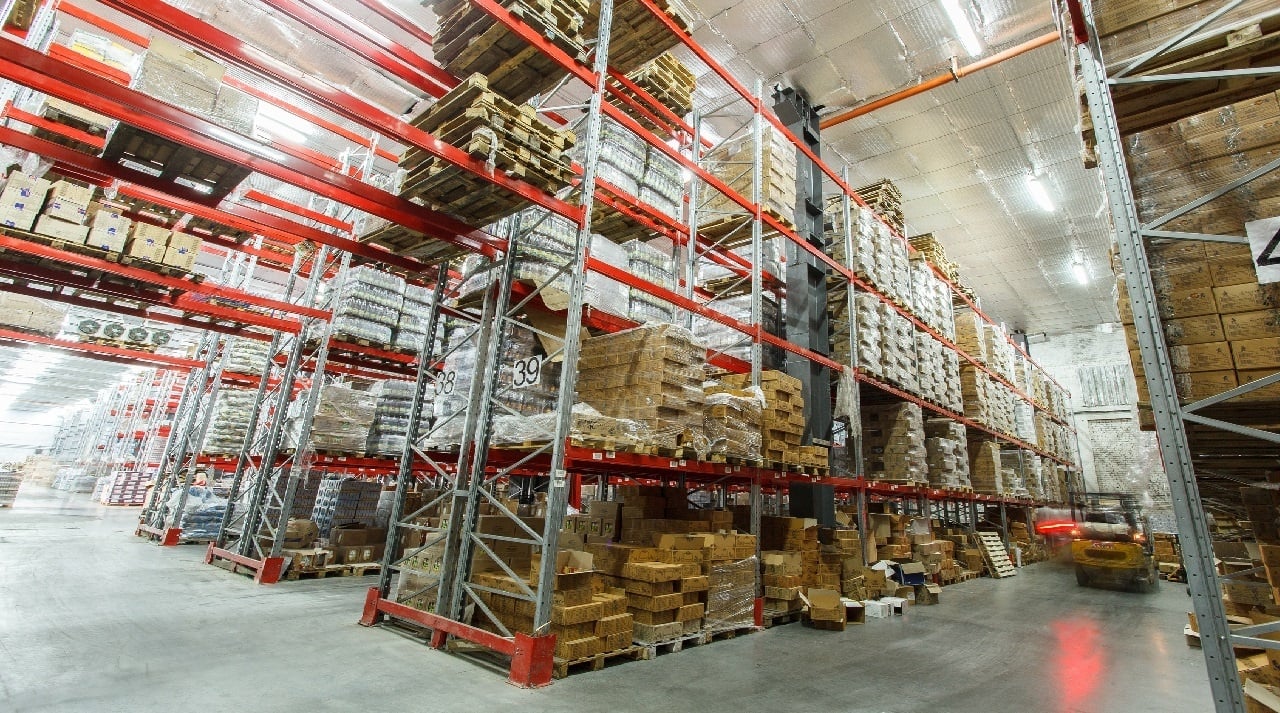The Australian manufacturing industry is changing rapidly. It has to contend with the tides of globalisation, rapidly developing technology and increasingly sophisticated customers who are demanding more bang for their buck. Manufacturers need to find the sweet spot, walking a fine line between keeping costs lean and allowing for flexibility. Otherwise, the consequences can be dire.
And we’ve seen how this disruption has affected many businesses, but the recent closure of Dick Smith Electronics stores across Australia has sent real shock-waves throughout the industry, that such an iconic Australian business could enter receivership seemed alien a few decades ago. However, being such an established brand ultimately worked against them, as News.com.au notes, ‘they were simply too big too change.’
Dick Smith’s unfortunate news has several important lessons for manufacturing operations:
- In a competitive market it is important to be able to keep up with rapid changes in consumer demand patterns
- Stock levels must be consistent with consumer demand
- Don’t overcommit financially – it’s not wise to put all your eggs in one basket
Organisations need to assess how they can invest wisely in technology to make sure that they are one step ahead of the pack and avoid Dick Smith’s fate. This is where real-time data insights can play a critical role, as they help businesses make informed decisions about when to cut back and when to allow for flexibility.
Real-time data can help your business achieve that fine balance, by arming you with up-to-date information to help you carefully anticipate and navigate potential pitfalls. Ultimately, real-time data can be the difference between steadily finding your way through a tricky patch and blindly falling into a trap.
Real-time data allows you to identify patterns
There are a number of ways real-time data can minimise errors in manufacturing which, in turn, will reduce risk and save businesses money by identifying trends and patterns that aren’t clear to the naked eye. PwC’s consulting group, Strategy&, put it bluntly when they said manufacturers must embrace real-time data or they will get left behind. Today, the capabilities of devices have matured considerably:
‘These devices provide more precision and can translate collected data into insights that, for example, help to determine the amount of voltage used to produce a product or to better understand how temperature, pressure, and humidity impact performance.’
Those who have embraced the technology are beginning to see some great ROI, including Stanley Black & Decker in Mexico. Since upgrading their production to include Wifi RFID and mobile real-time data readings, they have found that:
- the overall equipment effectiveness increased by 24%
- labour utilisation increased by 10%
- throughput increased by 10%
Being able to unearth patterns not only stops disasters, but allows businesses to be proactive in preventing them.
Real-time data helps reduce overhead on storage and excess stock
For one supermarket the addition of real-time data helped them to identify patterns and save money by reducing unnecessary storage costs and increasing the shelf life of their product — one of the biggest issues for Dick Smith.
However, unlike Dick Smith, the supermarket’s stock was highly perishable items in nature. To streamline their inventory and prevent the supermarket from carrying excess stock, Nukon developed a system to support the processing plant on a ‘pull model’, where raw materials are managed for maximum efficiency, driven by actual store order demand. Being able to manage the stock based on actual consumer needs is critical to keeping business doors open.
This solution, aimed to meet consumer demands, meant traceability systems were developed and implemented in conjunction with client IT team and the processing equipment suppliers. Working in this manner has the additional benefit of monitoring and improving each supplier’s performance and traceability capability.
The benefits delivered:
- Optimization of supply chain increased shelf life for customers by an average of 1.5 days
- No storage requirements with products shipped directly to stores saving $50 per pallet
- Achievement of DIFOT goal of 98.5%
Make informed business decisions based on real-time data analysis
The impact big data can have on your bottom line proves how important it is to make informed decisions. Real-time data will allow you to adapt your decisions as you need to, and respond to changes immediately. Real-time data allows operations to make quick, informed decisions across all the areas of your business.
For example, Informatica reported those implications can include:
- becoming a more customer-centric operation
- identifying fraud faster
- anticipating product successes and failures
- maintaining inventory that keeps supplies stocked and prevents waste
- improving the consumer experience
- streamlining the supply chain
- differentiating themselves from their competitors
Real-time data provides a clearer picture about where your business is going and how it needs to adapt to keep up with changing consumer needs.
Learn from Dick Smith’s mistakes and keep your business agile and responsive to changing market pressures through the use of real-time data. Download our free ebook to find out more about how you can drive operational efficiencies with real-time data.





